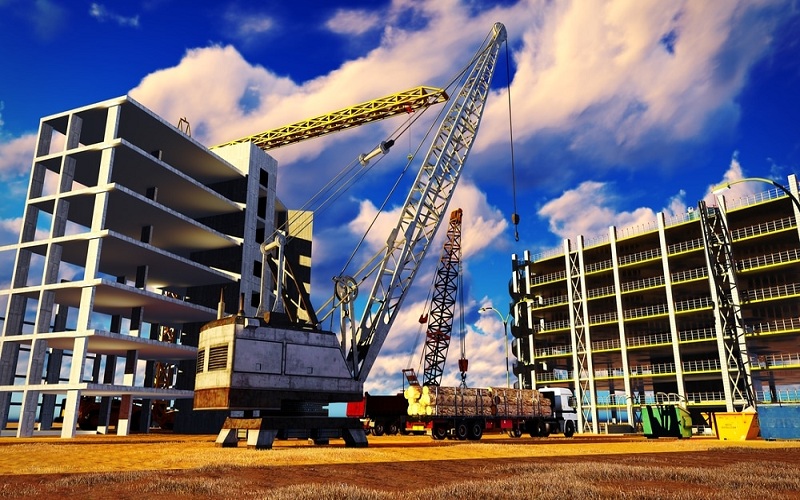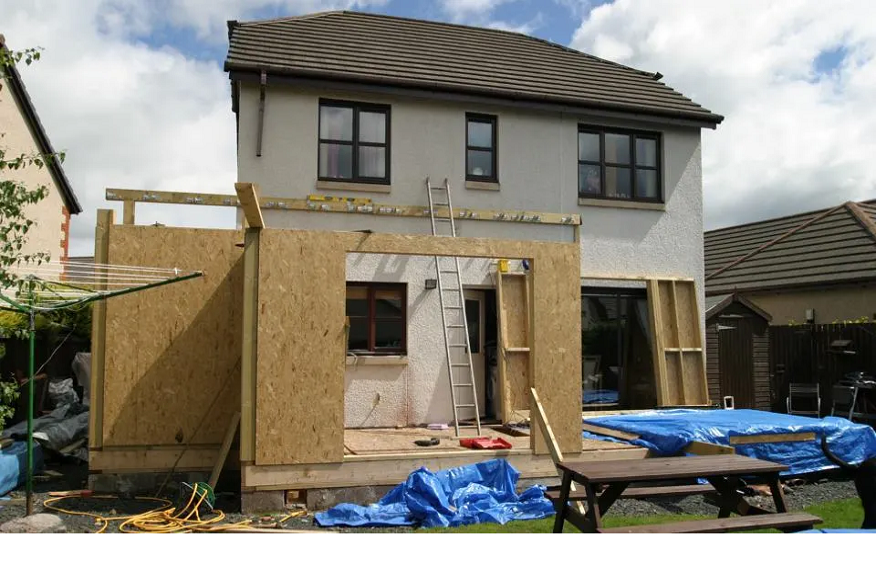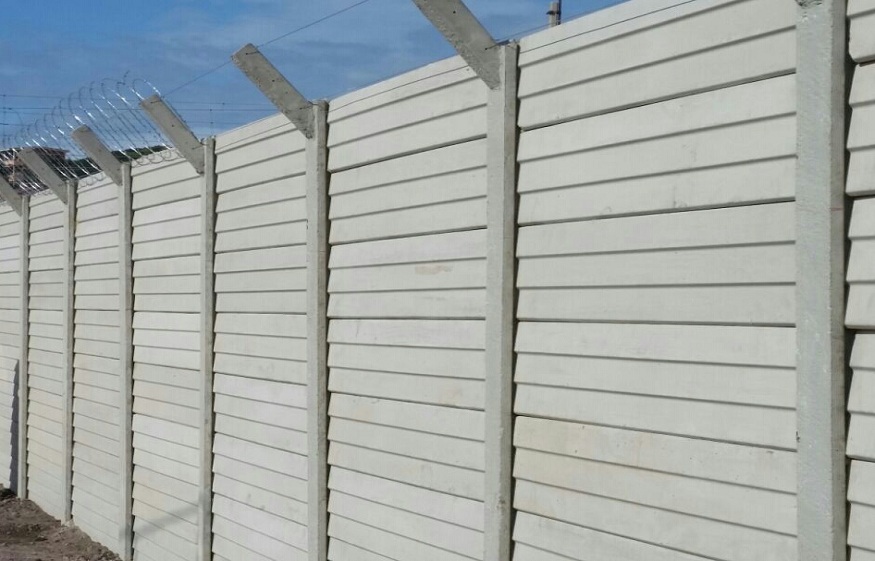In the construction industry, engineers and developers are always looking for innovative solutions to enhance efficiency, durability, and sustainability. And geocell technology has become a game-changer, offering several benefits for construction projects. This revolutionary cellular confinement system has gained popularity across the globe for its versatility and adaptability in various applications. Today, we will look into the top benefits of using geocell, with a particular focus on its application in slope protection.
Geocells, sometimes referred to as cellular confinement systems, are made of interconnected cells made from high-density polyethylene (HDPE). Geocells create a stable and load-bearing structure by filling their cells with aggregate, concrete, or soil. Here are some key benefits of incorporating geocells into construction projects:
Enhanced Load Support and Soil Stability
It is a three-dimensional honeycomb-like structure made from high-density polyethylene (HDPE), which provides a robust framework for load distribution. Geocell distributes loads more effectively when soil is confined within its cells. This prevents soil erosion and promotes stability.
Moreover, geocells are suitable for various types of terrain and soil conditions because their ability to distribute loads over a wider area reduces stress on the underlying soil. Whether used in road construction, embankment reinforcement, or retaining walls, geocell offers superior support and stability.
Plus, geocells prevent soil erosion and slippage when applied to slope protection. It reinforces the slope by confining the soil, preventing it from being washed away during rainfall or other environmental factors. This not only enhances the safety of the construction site, but over time it reduces the maintenance costs as well.
Cost-Effectiveness and Reduced Maintenance
One of the notable benefits of geocells is their cost-effectiveness compared to traditional construction methods. Traditional methods of soil stabilisation and erosion control may require extensive excavation, the use of additional materials, and longer construction periods. Geocell simplifies the process by minimising the need for extensive excavation and reducing the amount of fill material required.
Geocell is also lightweight, easy to transport, and quick to install, resulting in reduced labour and equipment costs. Its modular design allows for rapid deployment, making it an ideal solution for projects with tight deadlines or remote locations. Moreover, the installation of geocells is a swift and straightforward process. The interlocking cells can be quickly assembled on-site, expediting the construction timeline. The ease of installation, combined with reduced construction time, makes geocell an attractive choice for developers and contractors looking to optimise project timelines and budget allocations.
Sustainable and environmentally friendly
Geocell stands out as an environmentally friendly solution. HDPE, the material used in geocell manufacturing, is recyclable. This contributes to a reduced environmental impact. Additionally, the use of geocells in construction projects promotes soil conservation and reduces the need for excessive excavation or grading, preserving natural landscapes.
Moreover, geocells offer a sustainable substitute by providing stability without causing significant disturbance to the natural surroundings. This makes it particularly suitable for environmentally sensitive areas where preserving the ecosystem is a priority.
Improved Drainage and Water Management
Effective water management is crucial in construction projects to prevent waterlogging, soil erosion, and other water-related issues. Geocell’s open-cell structure allows for efficient water drainage, reducing the risk of stagnant water and associated problems. Geocell also contributes to sustainable water resource management because its permeability helps in groundwater recharge.
Additionally, slopes are vulnerable to water-induced erosion, especially during heavy rainfall. Geocell slope protection not only facilitates proper drainage, which prevents water accumulation and erosion, but also stabilises the soil. This dual functionality makes geocells a versatile solution for slope projects in various environmental conditions.
Versatility in Applications
Its versatility extends beyond load distribution and slope protection. Geocell finds applications in various construction scenarios, including road construction, channel protection, and shoreline stabilization. Geocell is a valuable asset in the construction industry because of its ability to adapt to different terrains and project requirements.
Also, geocell’s adaptability allows it to be employed in diverse slope configurations. Whether the slope is gentle or steep, geocell can be customised to provide optimal stability, making it a versatile solution for a wide range of slope protection needs.
Long-term durability and low maintenance
Geocell structures are designed for long-term durability, with the high-density polyethylene material providing resistance to environmental factors such as UV radiation, chemicals, and biological degradation. The system’s ability to withstand weathering and erosion ensures that the slope remains stable over extended periods of time. It also requires minimal maintenance once installed. This reduces the ongoing costs associated with repairs and upkeep.
FINAL THOUGHTS
There are many benefits to using geocells in construction projects, particularly in slope protection applications. As the construction industry continues to evolve, geocell technology stands as a testament to innovation, efficiency, and responsible construction practices. From its enhanced load support and soil stability to cost-effectiveness and environmental sustainability, geocell provides a comprehensive solution to the challenges faced in modern construction. By leveraging the unique properties of geocells, engineers and contractors can create resilient and sustainable infrastructure that can last the test of time.




